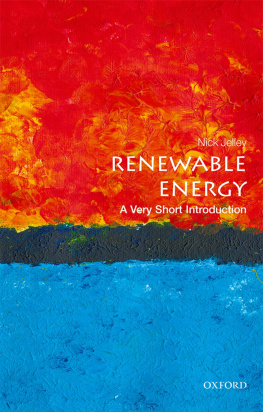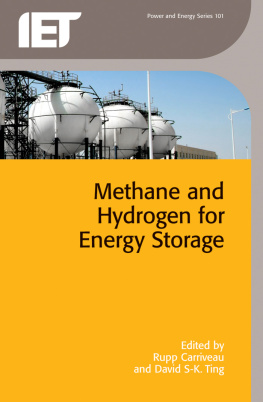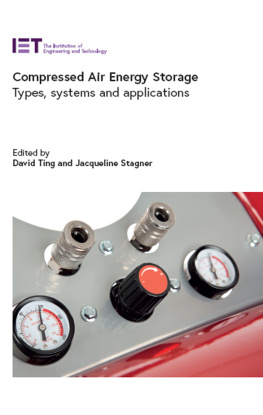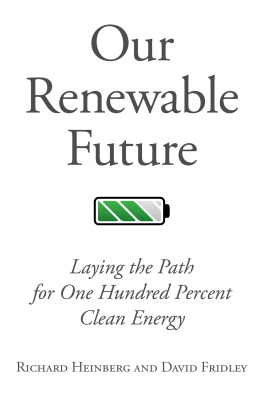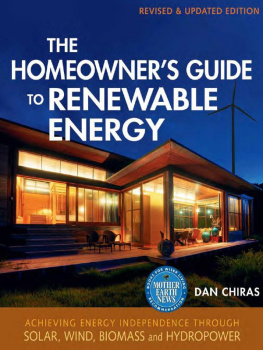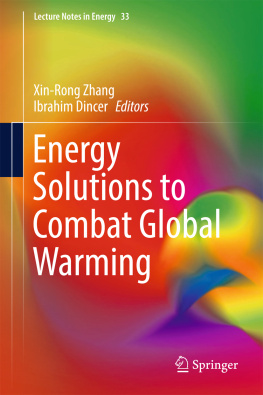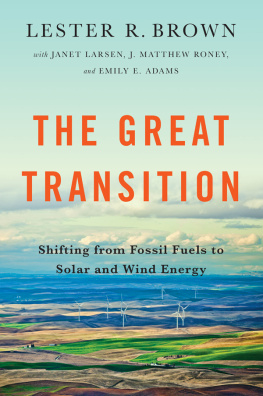
Scrivener Publishing
100 Cummings Center, Suite 541J
Beverly, MA 01915-6106
Publishers at Scrivener
Martin Scrivener ()
Phillip Carmical ()
Energy Storage
Edited by
Umakanta Sahoo

This edition first published 2021 by John Wiley & Sons, Inc., 111 River Street, Hoboken, NJ 07030, USA and Scrivener Publishing LLC, 100 Cummings Center, Suite 541J, Beverly, MA 01915, USA
2021 Scrivener Publishing LLC
For more information about Scrivener publications please visit www.scrivenerpublishing.com.
All rights reserved. No part of this publication may be reproduced, stored in a retrieval system, or transmitted, in any form or by any means, electronic, mechanical, photocopying, recording, or otherwise, except as permitted by law. Advice on how to obtain permission to reuse material from this title is available at http://www.wiley.com/go/permissions.
Wiley Global Headquarters
111 River Street, Hoboken, NJ 07030, USA
For details of our global editorial offices, customer services, and more information about Wiley products visit us at www.wiley.com.
Limit of Liability/Disclaimer of Warranty
While the publisher and authors have used their best efforts in preparing this work, they make no representations or warranties with respect to the accuracy or completeness of the contents of this work and specifically disclaim all warranties, including without limitation any implied warranties of merchantability or fitness for a particular purpose. No warranty may be created or extended by sales representatives, written sales materials, or promotional statements for this work. The fact that an organization, website, or product is referred to in this work as a citation and/or potential source of further information does not mean that the publisher and authors endorse the information or services the organization, website, or product may provide or recommendations it may make. This work is sold with the understanding that the publisher is not engaged in rendering professional services. The advice and strategies contained herein may not be suitable for your situation. You should consult with a specialist where appropriate. Neither the publisher nor authors shall be liable for any loss of profit or any other commercial damages, including but not limited to special, incidental, consequential, or other damages. Further, readers should be aware that websites listed in this work may have changed or disappeared between when this work was written and when it is read.
Library of Congress Cataloging-in-Publication Data
ISBN 978-1-119-55551-3
Cover image: (Antenna Tower): Carmen Hauser | Dreamstime.com
Cover design by Kris Hackerott
Set in size of 11pt and Minion Pro by Manila Typesetting Company, Makati, Philippines
Printed in the USA
10 9 8 7 6 5 4 3 2 1
List of Contributors
Pratibha Biswal, Indian Institute of Petroleum and Energy, Visakhapatnam, Andhra Pradesh, India
Anil Kumar, Ministry of New and Renewable Energy, CGO Complex, Lodhi Road, New Delhi, India
Umakanta Sahoo, National Institute of Solar Energy, Gwal Pahari, Haryana, India
BK Jayasimha Rathod, CEO, India One Solar Plant, Brahmakumaris, Shantivan, Abu Road, Rajasthan, India
Pradeep Kumar Sahu, School of Electrical Engineering, KIIT, Deemed to be University, Bhubaneswar, India
Satyaranjan Jena, School of Electrical Engineering, KIIT, Deemed to be University, Bhubaneswar, India
Suddhasatwa Basu, Materials Chemistry Department, CSIR-Institute of Minerals and Materials Technology, Bhubaneswar, 751013, India and Academy of Scientific & Innovative Research (AcSIR), Ghaziabad-201002, India
Swagatika Kamila, Materials Chemistry Department, CSIR-Institute of Minerals and Materials Technology, Bhubaneswar, 751013, India and Academy of Scientific & Innovative Research (AcSIR), Ghaziabad-201002, India
Bikash Kumar Jena, Materials Chemistry Department, CSIR-Institute of Minerals and Materials Technology, Bhubaneswar, 751013, India and Academy of Scientific & Innovative Research (AcSIR), Ghaziabad-201002, India
Pankaj Kalita, Centre for Energy, Indian Institute of Technology Guwahati, Guwahati-781039, Assam
Debangsu Kashyap, Centre for Energy, Indian Institute of Technology Guwahati, Guwahati-781039, Assam
Urbashi Bordoloi, Centre for Rural Technology, Indian Institute of Technology Guwahati, Guwahati-781039, Assam
Benjamin Raj, CSIR-Institute of Minerals and Materials Technology, Bhubaneswar-751013, Odisha, India
Arya Das, CSIR-Institute of Minerals and Materials Technology, Bhubaneswar-751013, Odisha, India
Mamata Mohapatra, CSIR-Institute of Minerals and Materials Technology, Bhubaneswar-751013, Odisha, India
Nikhil P G, National Institute of Solar Energy, Gwal Pahari, Haryana, India
G. Sivaramakrishnan, Chartered Engineer, Institution of Engineers (India) Kolkata, West Bengal 700020, India
S. Sanyal, Central University of Jharkhand, Ranchi, Jharkhand 835205, India
A. Borgohain, Bhabha Atomic Research Centre, Mumbai, Maharashtra 400094, India
S.P. Gupta, Bhabha Atomic Research Centre, Mumbai, Maharashtra 400094, India
Preface
The energy scene in the world is a complex picture of a variety of energy sources being used to meet the growing energy needs. However, there is a gap in the demand and supply position. It is recognized that decentralized generation based on the various renewable energy technologies can, to some extent, help in meeting the growing energy needs. The renewable energy landscape in the world, during the last few years, has witnessed tremendous changes in the policy framework with accelerated and ambitious plans to increase the contribution of renewable energy such as solar, wind, bio-power, etc. Energy storage is one of the options for continuous operation from renewable energy sources; they complement each other and offer several benefits over a stand-alone system. Renewable energy can enhance the capacity utilization of energy storage systems in a true sense and lead to greater security of continuous electricity supply and other applications. Each chapter is written by renowned experts in the field of energy storage. The book covers various types of energy storage, i.e., thermal energy storage and chemical energy storage as well as other emerging technologies.
This book on energy storage aims to provide a platform for researchers, academicians, industry professionals, consultants and designers to present the state-of-the-art developments and challenges in the field of energy storage and in particular renewable energy for sustainability and scalability.
Thermal Energy Storage Systems for Concentrating Solar Power Plants
Dr. Pratibha Biswal
Indian Institute of Petroleum and Energy, Visakhapatnam, Andhra Pradesh, India
Email:
Abstract
This chapter presents the relevance and integration of TES for CSP technologies. A TES system consists of the storage material, heat transfer equipment, and storage tank. The TES material stores the thermal energy either in the form of sensible heat, latent heat and thermochemical energy via chemical reactions. There are several requirements that must be considered to ensure optimal storage dynamics and longevity in a TES. These requirements are analysed and discussed. A broad spectrum of storage technologies, materials and methods are explored for the selection of suitable TES for CSP technologies. Materials for heat transfer fluid and material for energy storage that are generally used in TES are presented. Various limitations and problems of TES systems, such as high temperature corrosion with their proposed solutions, as well as successful implementations are reported. Further, storage media and storage type selection for CSPs based on their stability, material characterization and compatibility of materials are explained. Various available CSP technologies such as parabolic trough collector technology, linear Fresnel collector technology, solar tower technology, Stirling dish technology, etc., are discussed in detail and compared. Factors to be considered at different hierarchical levels for each CSP technologies with TES are explained.
Next page


